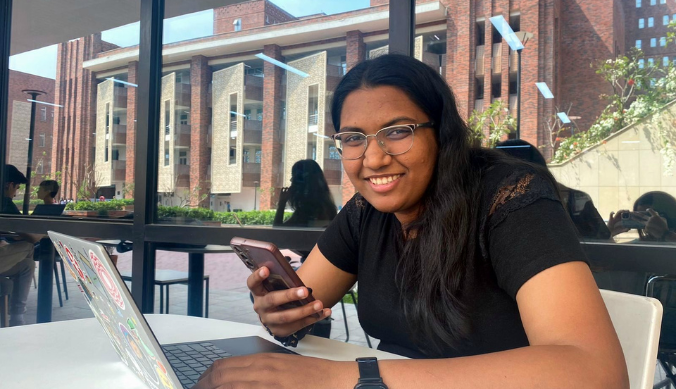What behavioural science can tell us about vaccine hesitancy: Insights from CSBC
Centre for Social and Behavioural Change has been working to understand vaccine hesitancy and protective behaviours around COVID-19 to design interventions to alleviate them
Vaccines are undoubtedly among the most significant medical advancements in human history. Without them, historically fatal diseases like smallpox, polio, or whooping cough would continue to decimate human populations around the world. It’s evident that vaccines are necessary, effective, and safe — so why do so many people hesitate to get them?
The importance of this question can’t be underestimated, not in the least because of the devasting impact that COVID-19 has had over the last three years. At the Centre for Social and Behavioural Change, vaccine hesitancy and protective behaviours around COVID-19 have been a critical area of interest since 2020. Our aim has been to understand these phenomena to design interventions to alleviate them.
Our work began much before the vaccine: In September 2020 we launched our “Wear the Mask” project, which comprised seven overlapping multimedia campaigns that targeted mask-wearing and related behaviours. These were based on our “4R” model of enforcement-led behaviour change:
One project tested whether a community radio campaign about mask-wearing, social distancing, and hand hygiene increased outcomes for mask-wearing in certain Indian districts. It significantly increased knowledge about the importance of masks, intentions to wear them, and intentions to reprimand others for not wearing them correctly. In another project, we showed participants a series of posters to promote protective behaviours to understand the kind of messaging that would most effectively encourage mask-wearing.
We also tested a gamified version of the popular game “Ludo King” to test if it could improve players’ mask-wearing intentions. One treatment arm studied if short digital ads during the game would make people more likely to reprimand others for not wearing masks correctly. Compared to the control, this group improved in intentions to follow COVID-appropriate behaviours. The second arm assessed whether playing Ludo King in “mask mode” would increase intentions around wearing masks. This group showed an improvement in the belief in the effectiveness of masks.
Between 2020 and 2021, we analysed data from the COVID-19 Trends and Impact Survey, a daily global survey conducted on Facebook by the University of Maryland, to investigate knowledge, attitudes, and beliefs around COVID-19 and vaccines in India. Our results showed seven distinct personas or distinct profiles in the population:
While our sample is representative of India’s Facebook users and hence, likely to be skewed towards college-educated urban men, these results are meaningful. Vaccine hesitancy is a complex issue: it is influenced by individual, community-level and structural factors. Thus, by defining these personas, we can create pro-vaccination messaging tailored to specific mindsets. Detailed information about our methodology and results can be found in this article.
In 2021, our team in Bihar worked closely with the State Rural Livelihoods Mission to scale up a kit that included leaflets and educational videos to promote the uptake of the COVID-19 vaccine, mask-wearing and other safety behaviours. The JEEViKA team trained over 7 million women with the kit during SHG meetings. A survey of a sample of these women found that many accurately recalled the kit’s contents, and the majority took the vaccine citing the recommendation as one of their top reasons. More information about our approach and results can be found here.
That same year, we were awarded a competitive grant by the Sabin Vaccine Institute to understand vaccine hesitancy in rural areas. We aim to use these insights to develop evidence-led recommendations that encourage vaccine acceptance. For this project, we conducted an in-person survey in rural Uttar Pradesh (UP) and Bihar in March and April 2022 of over 6000 respondents. We are currently analysing the results to generate insights.
By studying the different facets and manifestations of vaccine hesitancy, especially amongst hard-to-reach populations, we hope to learn how to address specific concerns and use this knowledge to inform future vaccination campaigns.
Author: Rangoli Gupta










